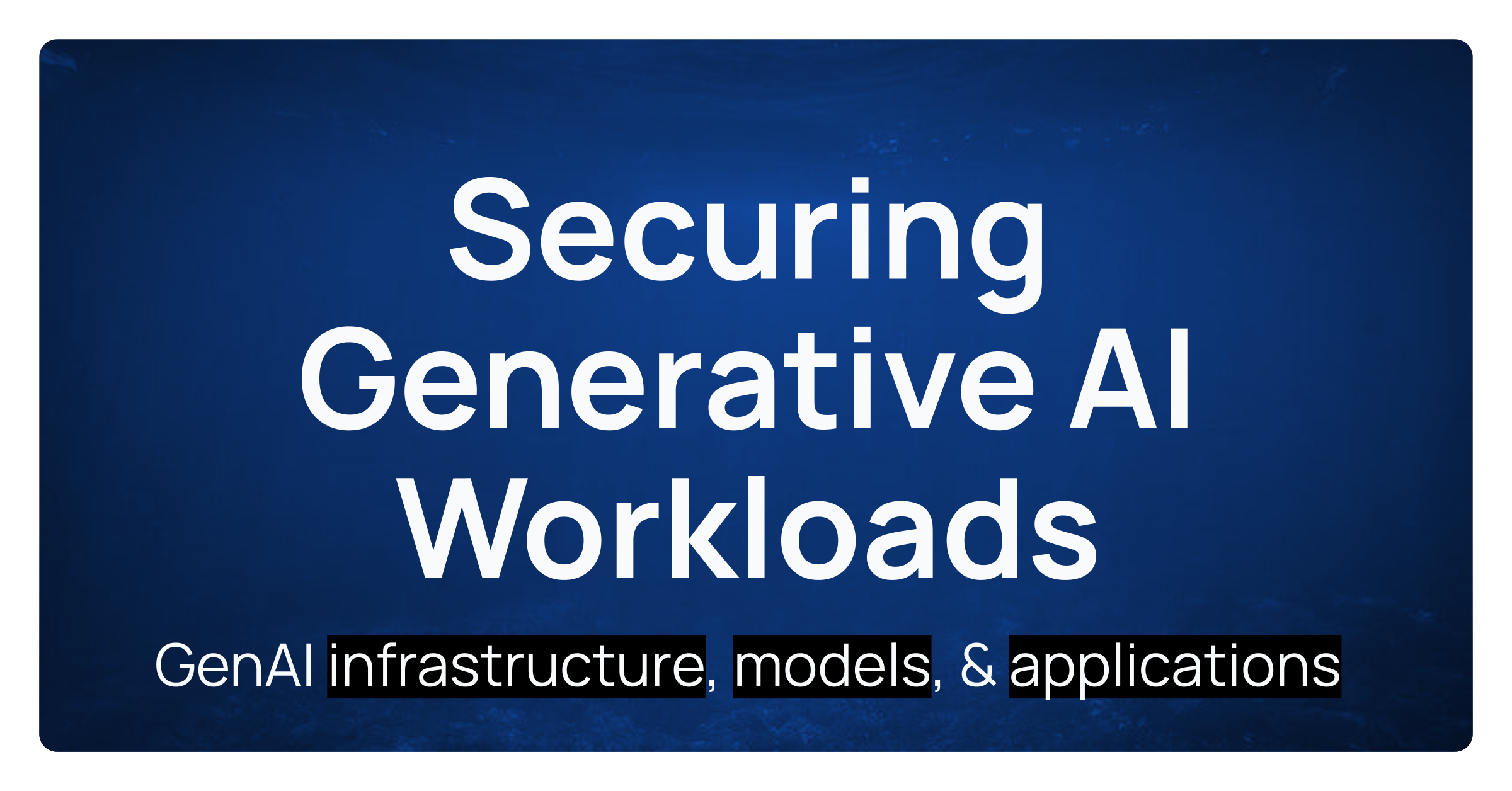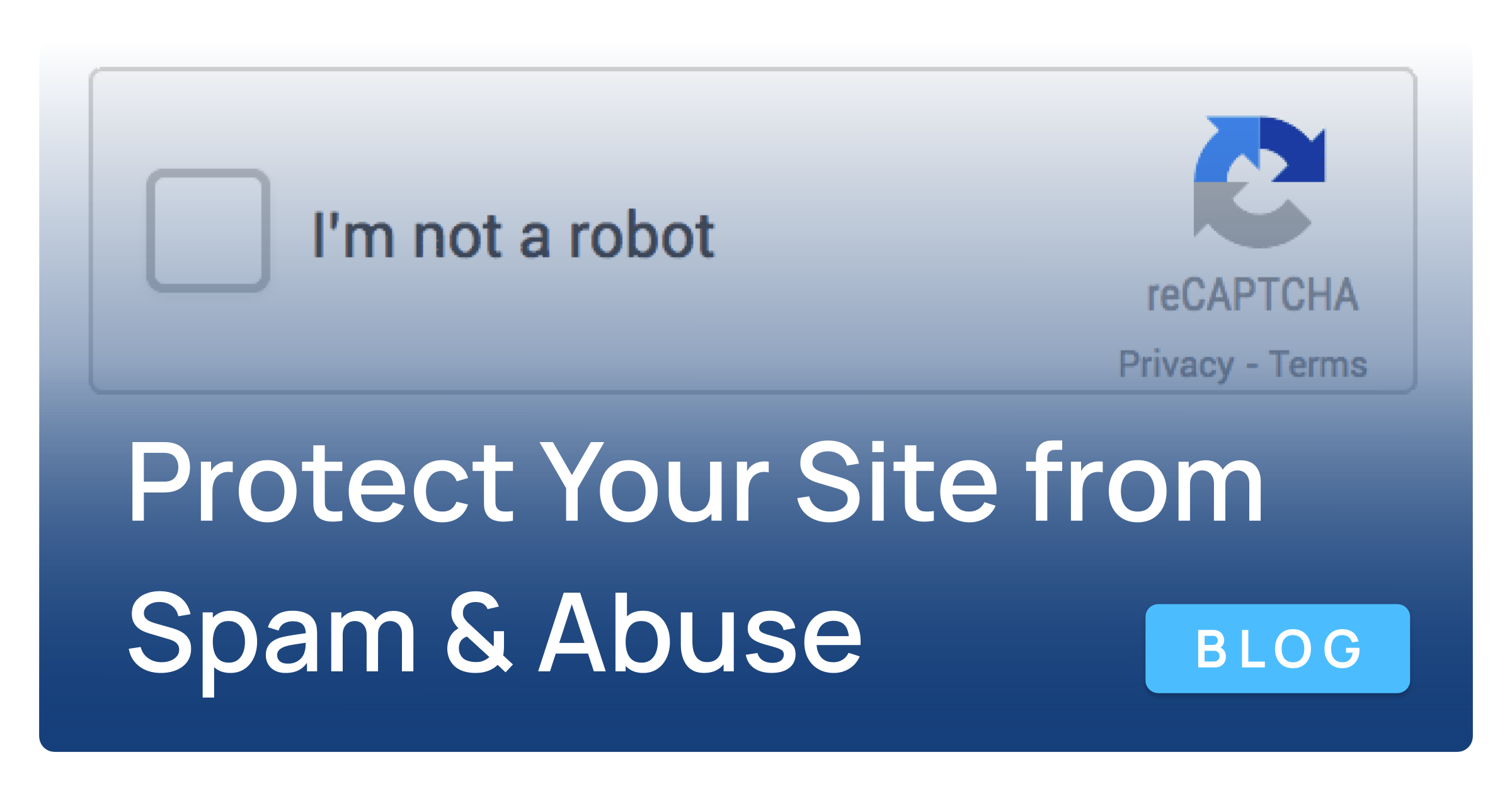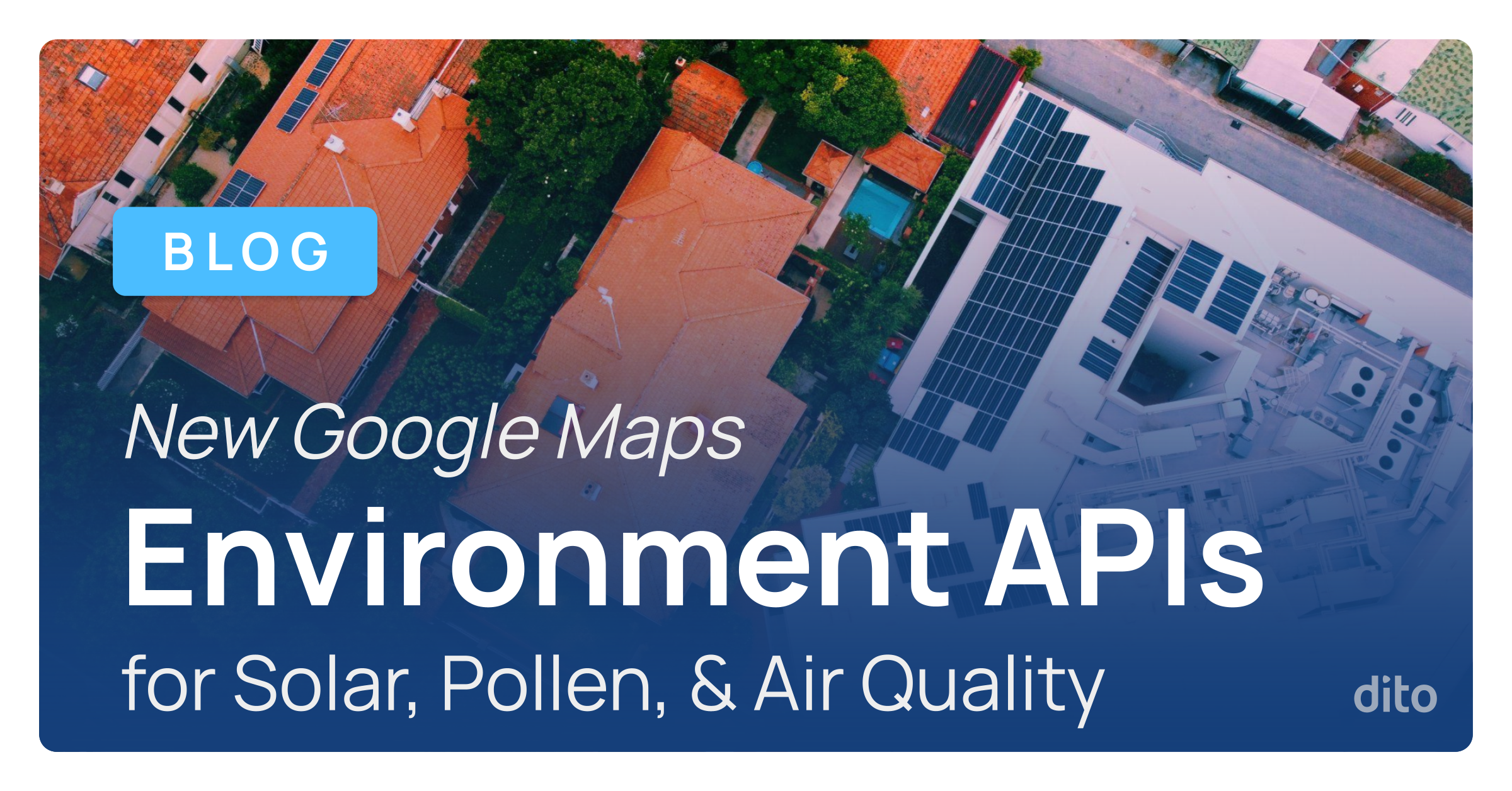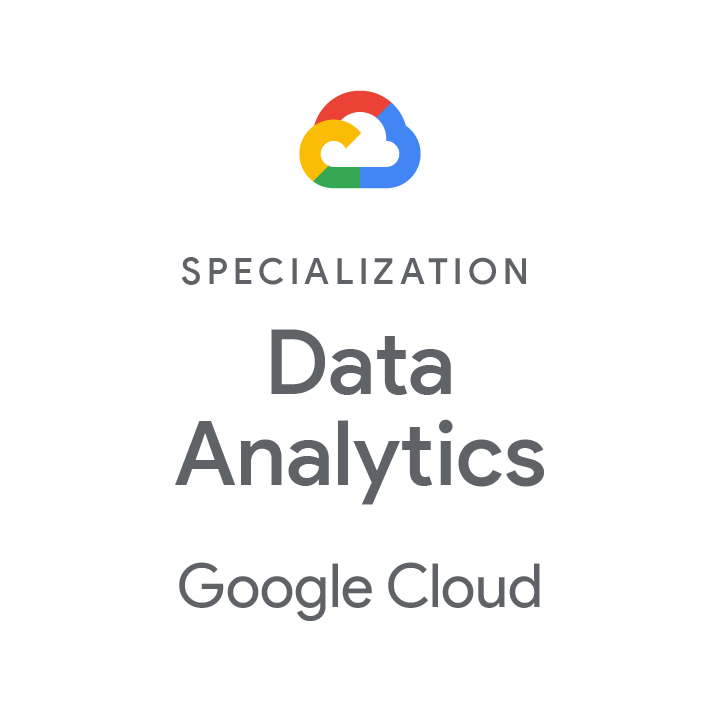Convenience and ease of use have long dominated the worlds of user interface and experience, but these attributes have become even more essential in an age of rapid technological change. The days of slow, iterative release cycles are over. If a user takes a month to get comfortable with your app, they’ll find themselves in a constant cycle of learning because new features and versions are increasingly released on an ongoing cycle.
The rise of speech-based solutions
Developers are responding to the demand for ease of use by putting a heavy emphasis on intuitive design that lets users pick up an app and get comfortable with it right away. Eliminating the learning curve becomes even easier when individuals can simply talk to an interface. The convenience offered by voice and speech recognition solutions has led to significant investments in everything from personal digital assistance to artificial intelligence systems built into television sets to better support user interaction.
Mobile app interface design is a particularly notable area where speech-based AI solutions are gaining steam. According to research from Tractica, in 2014, approximately 45 percent of mobile devices were designed to handle speech recognition. By 2020, that figure will rise to 82 percent, with use cases ranging from speech-based interactions with applications to voice recognition systems used as a form of biometric access control.
Artificial intelligence is central to these advances. Early speech recognition solutions could only recognize specific commands and, even then, would often struggle with accents and background noise. Using AI to empower apps to recognize natural speech and better understand users is critical moving forward. This is where Dialogflow is emerging as a key solution.
How Dialogflow simplifies AI-based speech recognition
AI solutions backed by machine learning can adapt to user behaviors and better understand how individuals speak to an app or device. This can foster deeper use of voice and speech recognition, potentially to the point where people stop using keyboards, touch screens and similar inputs and move toward simply talking to technology all the time. The problem is that AI in general, and machine learning in particular, rely on huge amounts of data and come with a significant technical burden to get off the ground.
Dialogflow eliminates these initial challenges by integrating speech recognition based on AI and machine learning into the Google Cloud. From there, other apps within the platform can leverage Dialogflow to more easily support voice-based interactions, which is made possible through the following:
- Google machine learning systems that include pre-built templates meant to recognize speech patterns for specific use cases or allow teams to build on existing language-understanding tools to create their own digital agents.
- Data integration from across enterprise systems that can deliver relevant information and knowledge to a virtual agent, enabling the AI assistant to better respond to customer requests.
- Support for a wide range of languages and responsiveness to handle multilingual users.
These types of features provide a backbone for easy-to-deploy speech recognition services that businesses can build into their Google Cloud apps. With Dialogflow in place, developers can take steps toward conversational user interfaces that eliminate the learning curve by responding to how users interact with them instead of depending on individuals learning specific commands.
Taking full advantage of Dialogflow and similar services in the Google Cloud can transform how you build apps. Dito can help you through this process. As a Google Cloud premier partner, we can consult with you on the best solutions for your specific needs and help your team develop the skills and capabilities necessary to push ahead toward speech-driven interfaces.









